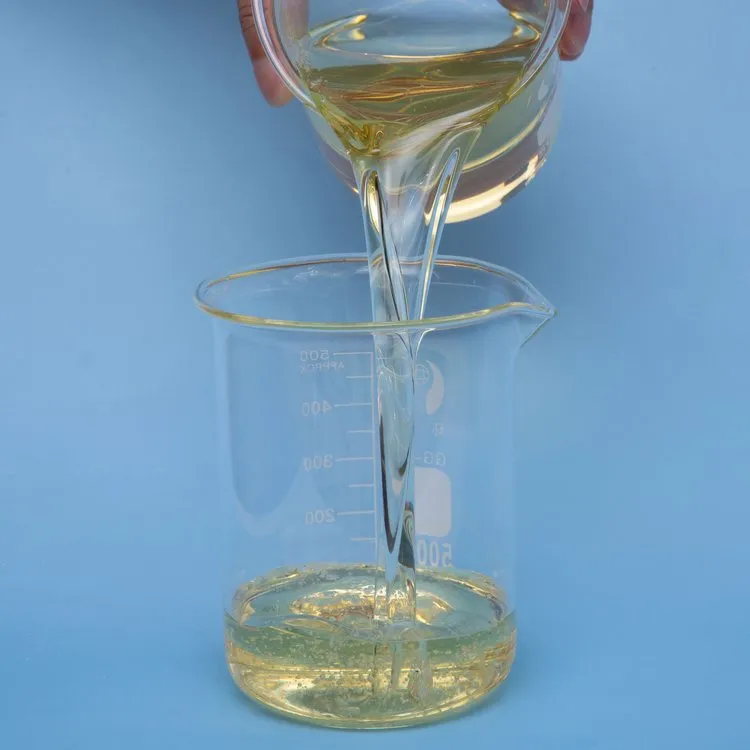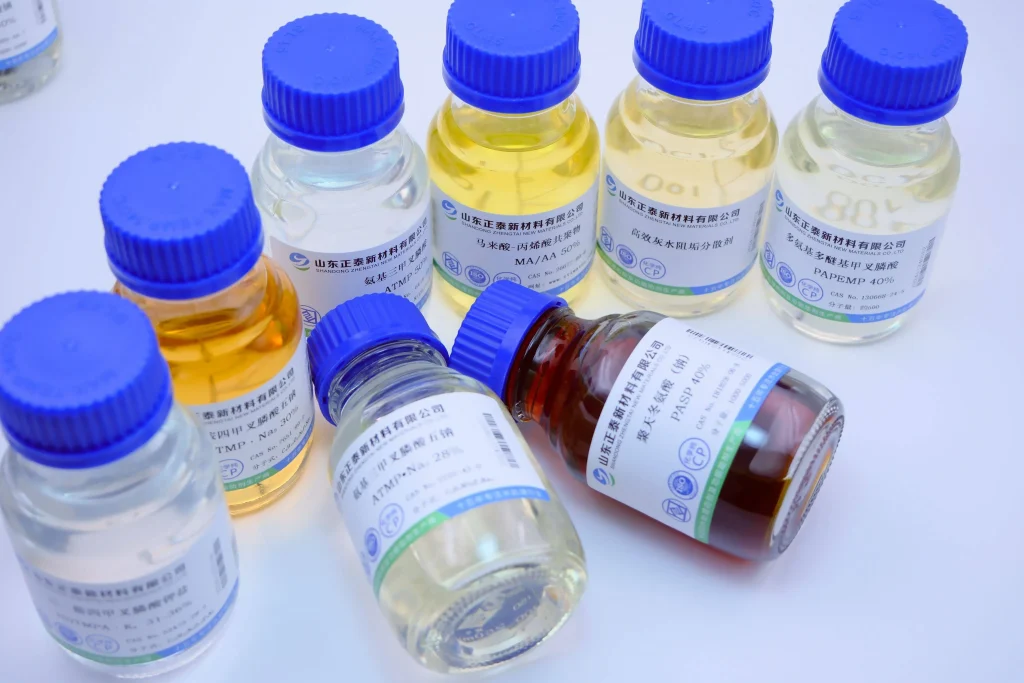Ceramic dispersants are widely used ceramic additives. Their main function is to prevent the formation of hydrophobic surfaces on ceramic particles, thus preventing agglomeration. Under the same water addition conditions, they increase the amount of free water between particles. They can also distribute the raw material components evenly in the medium, improve slurry fluidity, and enhance particle uniformity. Typically, ceramic dispersants with excellent performance play several roles in the preparation of ceramic slurries. T such as wetting, grinding aid, and stabilization. These functions are crucial in reducing manufacturing costs and improving the performance of ceramic products.
Wetting Effect
Solid surfaces are generally classified into two categories based on their properties: hydrophilic and lipophilic. In the ceramic industry, depending on the specific object and process, appropriate wetting agents can be added to convert a lipophilic surface into a hydrophilic one, or vice versa. Wetting substances can effectively reduce the surface free energy of liquids, weaken the surface tension of ceramic slurry systems, and reduce the interfacial tension between liquids and solids. Powders disperse better in solutions with lower critical surface tension than their own. Therefore, to improve powder dispersibility, effective additives must be used to reduce the surface tension of water.

Grinding Aid
In the industrial production of traditional ceramics in China, semi-dry pressing is often used. Ball milling is a critical process in the early treatment of slurry. In actual practice, wet grinding is often employed, which yields better results. During wet ball milling, powders tend to agglomerate due to mutual collisions, proximity, and attraction between molecules or particles. Especially after grinding for a certain period of time, “reverse grinding” may occur. The addition of dispersants can firmly adsorb onto particle cracks and penetrate deeply, reducing surface energy and weakening the bonding force. This makes the gaps between particles easier to expand, effectively breaking up weak agglomerates and preventing re-healing. As a result, the external force needed to break the particles is reduced, the crushing process is accelerated, grinding time is shortened, energy consumption is saved, and grinding efficiency is improved.

Stabilizing Effect
After the dispersant is added, it is adsorbed onto the surface of the ceramic particles, partially or completely covering the particle surfaces. This replaces the original particle/solvent interfacial tension with the dispersant/water interfacial tension. For ceramic particles to be stably dispersed in the solvent, the resultant force on the particles must be zero. When the concentration of the ceramic slurry suspension and the particle size of the clay particles are fixed, the gravity, buoyancy, and interaction forces on the particles are also fixed. In this case, the particle/solvent interfacial tension can only be adjusted by adding a dispersant to make the resultant force on the ceramic particles zero.
Epic Powder
Epic Powder Machinery is committed to advancing powder processing technology by providing high-quality equipment and expert solutions. Our products help optimize material performance, improve efficiency, and reduce production costs in various industries. With a focus on innovation and excellence, Epic Powder supports your ceramic manufacturing needs for better results and long-term success.